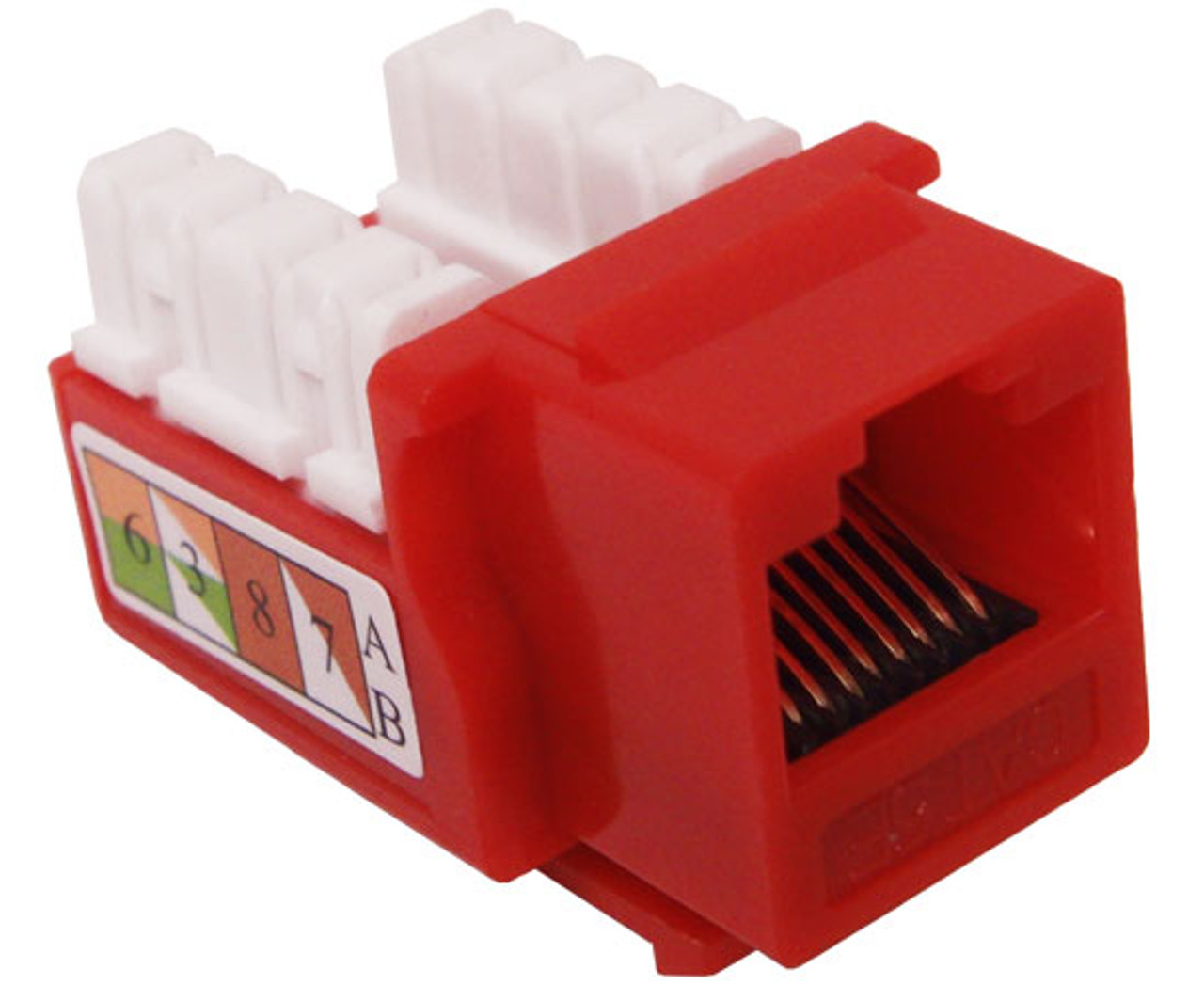
When spudding is complete, drilling of the first hole section and installation of the intermediate casing sections begin. This phase continues until the borehole is deep enough for the surface casing. This is done by pumping drilling fluid down through the hollow drill string, out the holes in the bottom of the drill bit, and back up the annular space between the hole and the drill pipe. As the well bore is drilled during the spudding phase, rock cuttings are generated and must be removed from the hole. When the drill bit reaches the bottom of the conductor pipe and begins the drilling process, this phase is called spudding the well. Haight, in Encyclopedia of Energy, 2004 2.1.3 Spudding and Drilling the Well Note: Under operating limits, the assumption of a rigid, vertical SSBOP is generally a conservative approach for SSBOP component loads, and a more rigorous approach involves using a coupled analysis method. Depending on the component designs, the highest loading occurs during drift-off and the weakest link for bending loads is often either the wellhead connector or the casing connector closest to the wellhead connector.
.jpg)

The analysis is conducted for combinations of vertical load, lateral load, and pressure load conditions specified by the operator. SSBOP, wellhead, and conductor limits weak points.Īnalysis is conducted to determine whether riser loading at the bottom flex joint is within the capacity of each of the SSBOP connectors, the wellhead, and the conductor casing. Operational procedures and limits are set to avoid rotation or damage to these components.įig. Depending on the component designs, the weakest link with torsional loading in the system could be the wellhead connector or the casing connector. This could assist in establishing a vessel position that would lead to improved bottom flex joint angles for drilling.Īnother topic on operating limits involves torsional loading in special situations in which the vessel rotates and applies torsion to the riser and the wellhead. Depending on the component designs, the highest loading occurs during drift-off and the weakest link for bending loads is often either the wellhead connector or the casing connector closest to the wellhead connector.Īs noted under operating limits, the assumption of a rigid, vertical BOP is generally a conservative approach for BOP component loads, but a more rigorous approach involves coupled analysis.Īfter the rig is on site, the misalignment angle of the conductor casing from vertical could be large enough to warrant reanalysis to determine its influence on the component loads. This analysis is conducted for combinations of vertical load, lateral load, and pressure load conditions specified by the operator. The riser analysis results (including BOP, wellhead, and conductor loading) are compared against these ratings to determine whether the rating of the system is exceeded.Īnalysis can be conducted to determine whether riser loading at the bottom flex joint is within the capacity of each of the BOP connectors, the wellhead, and the conductor casing. Finally, the conductor has its connectors and pipe rated for tension and bending. The wellhead manufacturer provides a similar rated capacity for the wellhead. The BOP manufacturers provide curves that indicate the rated capacity of the flanges when loaded in tension, bending, and pressure. The BOP, wellhead, and conductor pipe are often designed by the loading experienced during EDS/drift-off conditions. John Halkyard, in Handbook of Offshore Engineering, 2005 9.2.7.3.6 BOP, Wellhead, and Conductor Limits On offshore platforms, conductor pipe is usually 20 inches in diameter and is cemented across its entire length ( Rahman and Chilingarian, 1995). Generally, a 16-inch pipe is used in shallow wells and a 20-inch in deep wells.

The conductor pipe, which varies in length from 40 to 500 ft onshore and up to 1,000 ft offshore, is 7 to 20 inches in diameter. The conductor pipe is not shut-in in the event of fluid or gas flow, because it is not set-in deep enough to provide any holding force. This device permits the diversion of drilling fluid or gas flow away from the rig in the event of a surface blowout. Where shallow water or gas flow is expected, the conductor pipe is fitted with a diverter system above the flowline outlet. It is either used to support subsequent casing and wellhead equipment or the pipe is cut off at the surface after setting the surface casing. The conductor pipe is cemented back to the surface. The main purpose of this casing is to hold back the unconsolidated surface formations and prevent rocks from falling into the hole. The outermost casing string is the conductor pipe. Al-Qahtani, in The Fundamentals of Corrosion and Scaling for Petroleum & Environmental Engineers, 2008 5.2.2 Conductor Pipe


 0 kommentar(er)
0 kommentar(er)
